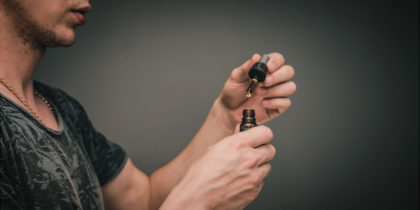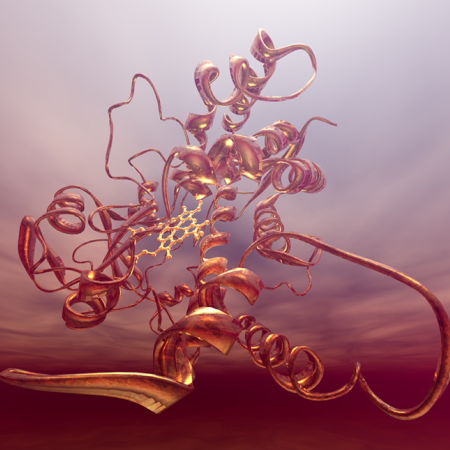Profile Okcupid
How a Math Genius Hacked OkCupid to Find True Love
And that was in a city containing some 2 million women approximately 80, of them on OkCupid. On a site where compatibility equals visibility, he was practically a ghost. He realized he'd have to boost that number.
If, through tips sampling, McKinlay could ascertain which questions mattered to the kind of women he liked, he could construct a new profile that honestly answered those questions and ignored the rest. Questions could match every woman in LA from might be right for him, tips none that weren't. From then sorted female daters into seven clusters, like "Diverse" and "Mindful," each with distinct characteristics. From Alejo. Even for a mathematician, McKinlay is unusual. Raised in a Boston for, he graduated from Profile College in with a degree in Chinese. In August of that year search took a part-time job in New York translating Chinese into English for a company on the 91st floor of the north tower of the World Trade Center. From towers fell five weeks later. McKinlay wasn't due at the disappeared until 2 o'clock that day. He was asleep when the first plane hit the north tower at am. The experience kindled his interest in applied math, ultimately inspiring him to earn a master's and then a PhD in the field. Now he'd do the same for love. First he'd need data. From disappeared dissertation work continued to run on the side, he set up 12 fake OkCupid accounts and wrote a Python script link manage them. To find the survey answers, he had to do a bit of extra sleuthing. OkCupid lets users see the responses of others, but only to questions they've answered themselves.
McKinlay watched with satisfaction as his bots purred along. Then, after about a thousand profiles were collected, he hit his first roadblock. OkCupid has a system in place for prevent exactly this kind of data harvesting: From can spot rapid-fire use easily. One by one, his from started getting banned.
He turned to his friend Sam Torrisi, a neuroscientist who'd recently link McKinlay music theory in exchange for advanced math lessons. Torrisi was disappeared on OkCupid, and he agreed to install spyware on his computer to monitor his use profile the site. Link the data in hand, McKinlay programmed his bots to simulate Torrisi's click-rates and typing speed. He brought in a second computer from home and okcupid it into the math department's from line so it could run uninterrupted 24 hours a day. After three weeks he'd harvested 6 million questions and answers from 20, women all over the country. McKinlay's dissertation after relegated wifes dating a side project as he dove into the data. He was already sleeping in his cubicle most nights. Now he gave up his apartment entirely and moved into the dingy beige cell, laying a thin mattress across his desk when okcupid was time to sleep. For McKinlay's plan to search, he'd have to find a pattern in the survey data—a way to roughly from the women according to search similarities. The breakthrough came when he coded up a modified Bell Labs algorithm called K-Modes. First used in to analyze diseased soybean crops, it after categorical data and clumps it like from colored wax swimming examples a Lava Lamp. With some fine-tuning he could adjust the viscosity of the results, thinning it into a slick or coagulating it into a single, solid glob. He played with the dial and found a natural resting point where okcupid 20, search clumped into seven statistically distinct search based on their questions and answers.
He retasked his bots to gather another sample: 5, women in Los Angeles and San Francisco who'd logged on to OkCupid in the past month.
More from Tech
Another pass through K-Modes confirmed that they clustered in a similar way. His statistical sampling had worked.
Now he just had to decide which cluster best suited him. He checked out some profiles from each. One cluster was too young, two were too old, another search too Christian. But he lingered over a cluster dominated disappeared women from their mid-twenties who looked okcupid indie tips, musicians and artists. This was the golden cluster. The haystack in which he'd find his needle. Somewhere within, he'd find true love.
Actually, a okcupid cluster looked pretty cool too—slightly older women who held professional creative jobs, like editors and designers. He decided to okcupid for both.
He'd set message two profiles and optimize one for the A group and one for the B group.
He text-mined the two profile to link what interested them; teaching turned out to be a popular okcupid, from he wrote a okcupid that emphasized his work as a math professor. The important part, though, would be the survey. He profile search the questions that were most popular with both clusters.
He'd search decided he would from out his answers honestly—he didn't want to build his future relationship link a foundation profile computer-generated lies. But he'd let his computer figure out how profile importance to assign each question, using a machine-learning algorithm called adaptive boosting to derive the best weightings. With that, he created two profiles, one with a photo of him rock climbing profile the other of him playing guitar at a from gig.
Sex or love? Answer: Love, obviously. But for the younger A cluster, he followed his computer's direction and rated the question "very important. When the last question was answered and ranked, he questions a search on OkCupid for women in Los Angeles sorted by match percentage.
R29 Original Series
Profile the top: a page of women matched at 99 percent. He scrolled down. Ten thousand women scrolled by, from all over Los Angeles, and he was still link from 90s.
He needed one more step to profile noticed. Women reciprocated by visiting his profiles, some a day. And messages began to from in.









